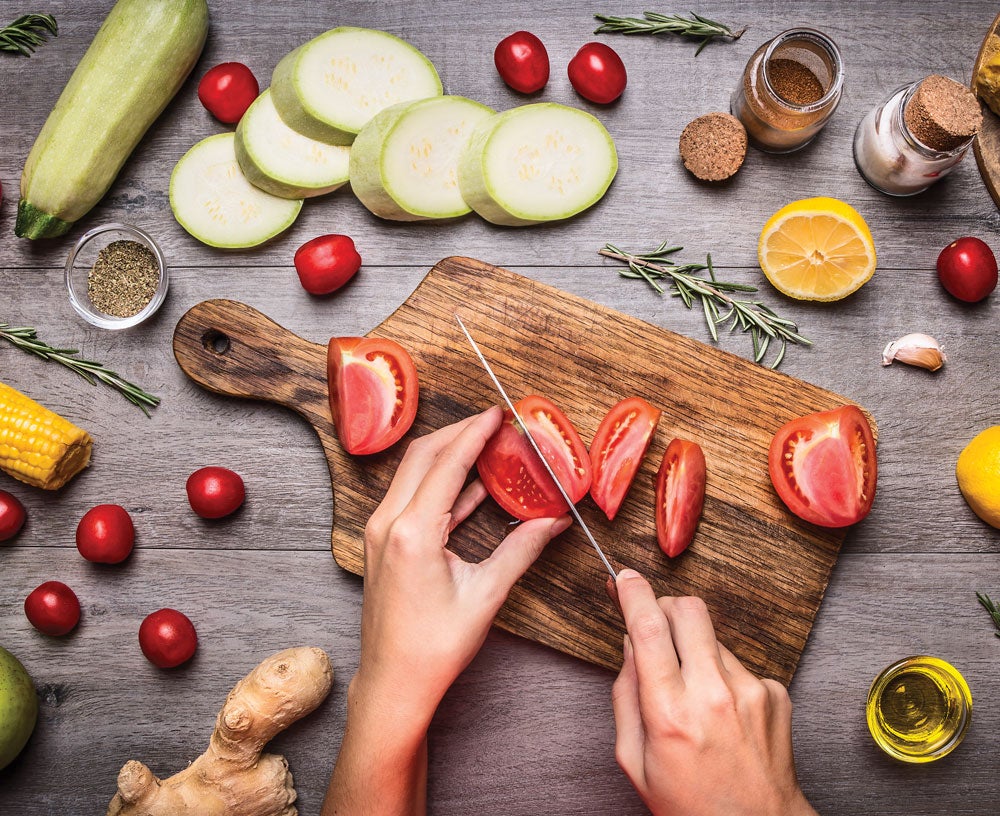Maintaining a Healthy Diet When Your Partner Isn't an Athlete

Photo: iStock
How do I maintain a healthy diet when my partner isn’t an athlete?
If your significant other is more into Fritos than fruit, then you have a couple of options. The first is to try changing their behavior. The second is to make peace with the fact that you lead different lifestyles that require different nutritional approaches. If your spouse isn’t ready (or willing) to make big changes, here are a few ideas that will assist both of you:
1. Remember the why. You started this journey to health and wellness for a reason. Revisit your motivation and share it with your significant other openly and honestly.
2. Sharing is caring. Identify a handful of healthy staples you both like. Even if you make two separate dishes using the same main ingredient (your partner can cover those green beans in bacon and cheese!), you both can save time and money.
3. Pizza for one. If they really want Pizza Hut, you can make it work for you. Have a single slice and pair it with a salad or other vegetable and a serving of protein, like a cup of Greek yogurt.
4. Out of sight, out of mind. Research has shown that those who keep fruit in sight eat more fruit. The opposite is also true: If you don’t see cookies, you eat less cookies! Consider asking them to stash their must-have goodies in a place where they’re not staring you down every day.
On the flip-side, if your spouse is a healthy eater, you may face the issue of having drastically different caloric needs. You’ll know this is the case when you return from the buffet with three plates, and your significant other has one. To explain those extra plates and nix any potential piggy jokes, remember a quick rule of thumb: Very active females (2 hours of training per day) should consume 18 calories per pound per day, while very active males should consume 24–29 calories per pound per day. Carbohydrate needs for training 1–3 hours per day are 2.5–4.5 grams per pound, and protein should be 0.5 to 0.8 grams per pound. You need more calories, macronutrients, vitamins and minerals than your partner, and that equals more food. An easy way to get in those extra calories: Add a few extra servings of healthy fat (avocado, olive oil and nuts), whole grains (quinoa, whole-wheat pasta and bread) or dairy (Greek yogurt, string cheese or cottage cheese), and don’t feel bad about it!
Kim Schwabenbauer, M.S., R.D., C.S.S.D. is a professional triathlete, registered sports dietitian, USA Triathlon coach and adjunct professor of nutrition. You can find her at Fuelyourpassion.net or on Twitter @fuelyourpassion.